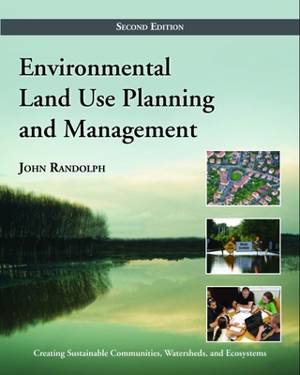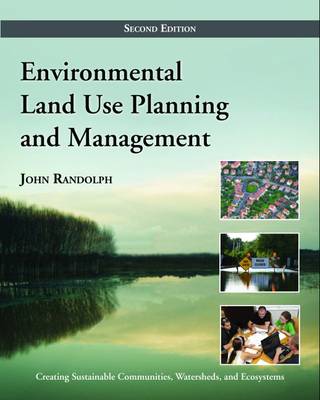
- Retrait gratuit dans votre magasin Club
- 7.000.000 titres dans notre catalogue
- Payer en toute sécurité
- Toujours un magasin près de chez vous
- Retrait gratuit dans votre magasin Club
- 7.000.0000 titres dans notre catalogue
- Payer en toute sécurité
- Toujours un magasin près de chez vous
113,45 €
+ 226 points
Description
Environmental Land Use Planning and Management offers students, instructors, and professionals a comprehensive and practical foundation for building sustainable communities through integrated planning. Widely recognized as a leading resource in the field, this second edition strengthens its interdisciplinary approach with updated research, new case studies, and expanded content on pressing environmental challenges. Organized into three parts, the book provides a clear roadmap for understanding and applying core principles. Part I introduces environmental planning and land use fundamentals, with an emphasis on collaboration and systems thinking. Part II explores tools and topics essential to sustainable land use, including soils and topography, hydrology, stormwater management, biodiversity, and climate change--with a new chapter connecting land use to energy, air quality, and greenhouse gas emissions. Part III offers guidance on managing watersheds, conserving ecosystems, and mitigating natural hazards to support long-term community resilience. This edition has been thoughtfully revised based on instructor feedback, with reorganized content for improved clarity and usability. Informative sidebars highlight key federal and local policies, real-world problems, and solutions grounded in current practice. Whether used in the classroom or the field, Environmental Land Use Planning and Management provides the foundation for making informed decisions that protect ecosystems, reduce risk, and support sustainable development.
Spécifications
Parties prenantes
- Auteur(s) :
- Editeur:
Contenu
- Nombre de pages :
- 776
- Langue:
- Anglais
Caractéristiques
- EAN:
- 9781597267304
- Date de parution :
- 02-01-12
- Format:
- Livre relié
- Format numérique:
- Genaaid
- Dimensions :
- 211 mm x 259 mm
- Poids :
- 2335 g

Les avis
Nous publions uniquement les avis qui respectent les conditions requises. Consultez nos conditions pour les avis.






